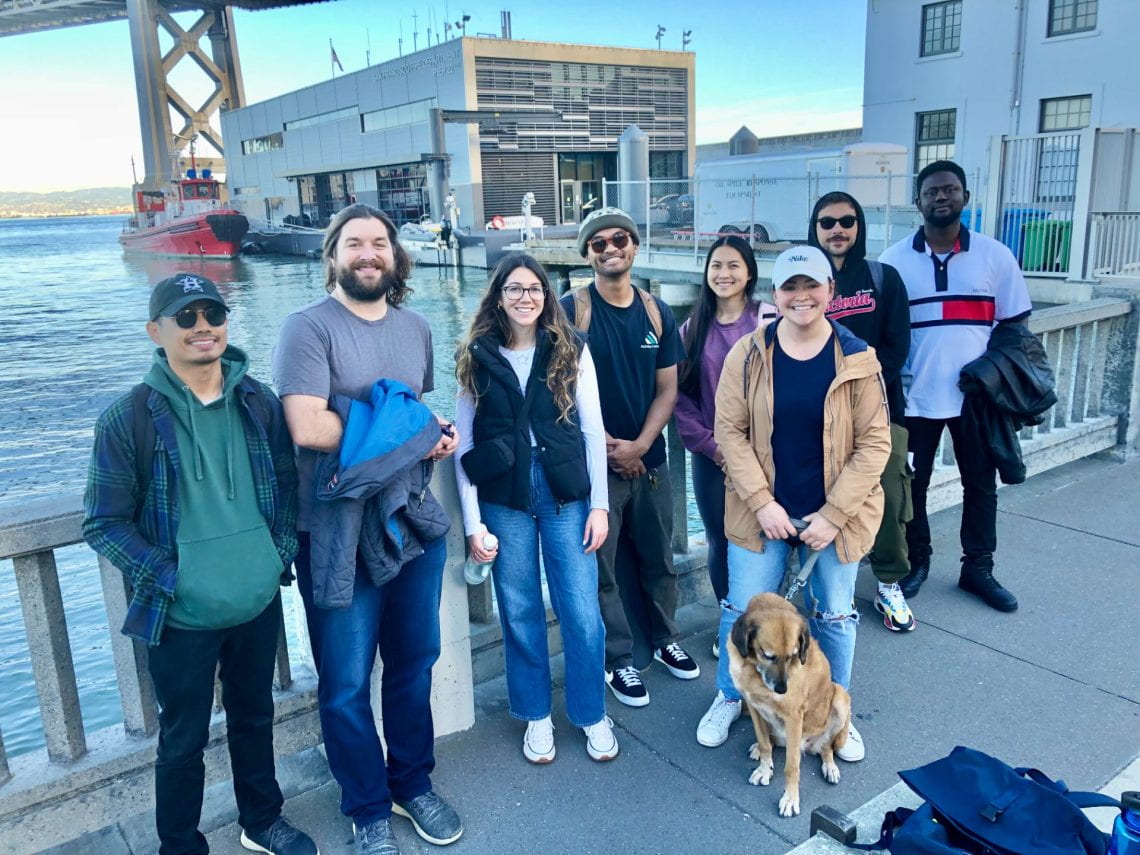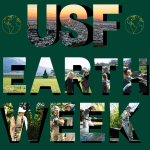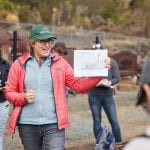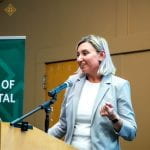On a mild sunny day in the midst of winter, the USF MSEM class in Urban Resilience in Climate Change, put on their walking shoes to see how San Francisco is preparing for rising seas and the wild swings of a disrupted climate (Fig.1). This urban field visit began in Mission Creek Park along Channel Street, near the SF Giants baseball stadium (Oracle Park). The park is part of a 49-acre redevelopment during the 2010s, which transformed a frequently flooded brownfield into community parks, commercial development, and housing, with a decade of community input. As part of the redevelopment, bioswales were created in a stormwater park between the shipping channel and new buildings, to manage storm surge and flooding from heavy rainfall (Fig. 2).


Before going further on the tour, here’s more about the course. Urban Resilience in Climate Change explores strategies for communities to survive and thrive – to adapt, be resilient, and transform – in a disrupted climate. Utilizing systems thinking, we consider how city services are impacted by climate change. We draw upon frameworks of asset mapping, vulnerability assessment, urban planning, environmental management, disaster preparedness, and community building to develop resilience strategies. We emphasize ecosystem regeneration in climate resilience, recognizing that human life is intertwined with all life on the planet. We place social equity at the center and learn how to integrate restorative justice, which is essential for climate resilience; it’s hard to be resilient in an extreme storm when you don’t have clean water or enough food on a good day. Climate disruption is a heavy topic, and the course stares fiercely at the many impacts already occurring, from drought and mass migration to extreme heat and extinction.
Students from multiple graduate programs joined in this course: Environmental Management (MSEM), Migration Studies (MIMS), and Public Health (MPH). This richly diverse group included students from the Bay Area, Florida, Turkey, Bangladesh, and Nigeria. They began utilizing resilience frameworks through an exercise in their own neighborhoods, looking at infrastructure, climate plans, community cohesion – and their own preparedness. Their work in the course culminated in group projects, examining climate resilience in a particular city and making recommendations. The projects circled the globe: post-hurricane rebuilding in San Juan, Puerto Rico; adjusting to uncommon heat and storms in Oslo, Norway; and grappling with severe typhoons and sea-level rise in Chittagong, Bangladesh.
Back on the sunny day field visit, the group stopped by San Francisco’s innovative approach to emergency response: floating Fire Station No. 35, at Pier 22 ½ (Fig.3)

Opened in 2022, the floating station is designed to stay operational in earthquakes and King tides. The city’s three fireboats can be dispatched from the station, responding to fires along the shore or emergencies on the water. And as sea levels rise, so will the station. From lookout points accessible to everyone, the group gazed at the stunning views of the Bay Bridge over calm waters (Fig.4) – and funny views of local mascots and watering holes along the shore (Fig. 5) – viscerally feeling why we love to be near the sea. This inspires us to protect – and to prevent worse climate disruption. Watch for a future blog post about that class: Climate Change Mitigation.







